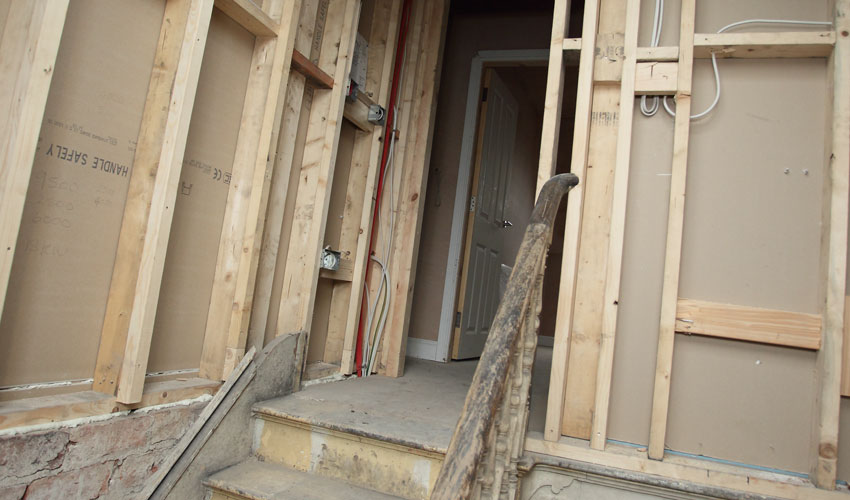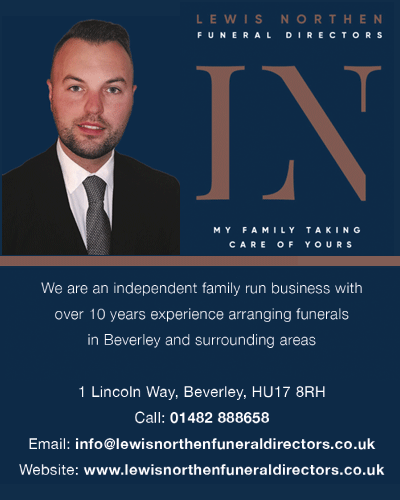
Accidents in the workplace are a big deal. According to the Health and Safety Executive, around 693,000 people sustain an injury at work each year, of which 65,000 are serious enough to be reported to RIDDOR.
Thirty-eight million working days are lost through work-related illness and injury, at a cost of around £16 billion.
Having procedures in place to avoid a health and safety risk is surely worthwhile. On top of the cost of losses, there is the cost of the worker taking action against their employer who does not have safety procedures in place, or against the NHS in the form of a medical negligence case if the care they received is below expectations.
We might think of workplace accidents being sudden and dramatic, and disproportionately occurring in hazardous working environments, like construction sites. But the truth is that chronic injury can build up over time through poor posture and that accidents can occur everywhere – even in what we might think of as ‘safe’ office environments.
Let’s take a look at a few of the steps we might take to eliminate hazards and avoid accidents.
Have a reporting process
Where employees foster a culture of open communication, it’s easier for employees to share information on the potential hazards they’ve spotted. These problems can then be fully investigated, and steps might be put in place to limit the danger. Putting in place a formal procedure for reporting will ensure that these things are not overlooked.
Provide Equipment
Personal protective equipment has gotten a great deal of press during the coronavirus pandemic – but PPE doesn’t just mean facemasks. The term also encompasses things like hard hats and safety goggles, which might be crucial for certain sorts of work.
Protective equipment isn’t the only kind of equipment that matters. The availability of proper chairs and proper office ergonomics might also make a difference for more sedentary workers.
Educate employees
The most important piece of health and safety equipment, of course, is the human brain. With the right training, a worker can spot potential hazards and avoid danger. It’s important that this training is provided, and that it’s periodically refreshed.
Hazard perception isn’t the only thing that we should concern ourselves with, either. How to safety perform common tasks, like lifting and carrying, can spell the difference between a worker who is ultimately absent for the latter portion of their career with chronic back pain, and one who is able to contribute fully right up until retirement.
Risk Assessments
Regular risk assessments, ideally performed by impartial third parties, will help you to pick out particular causes of workplace injury, and recommend courses of action that will help you to get the most risk reduction for the least investment. Risk assessments should be scheduled ahead of time and performed annually at the very least.












